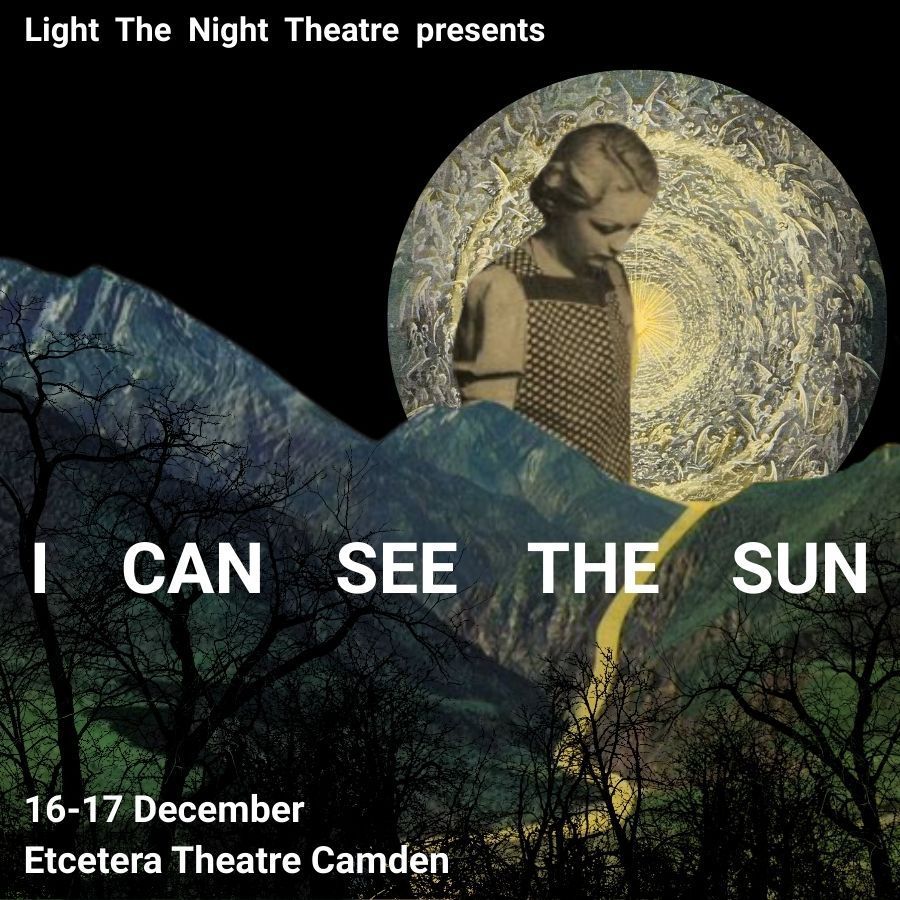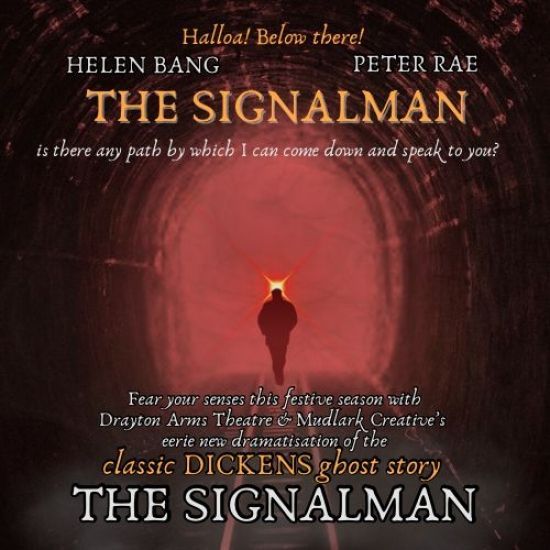REVIEW: BUT NEVER DOUBT I LOVE by Marina Wright, Camden Fringe at Etcetera Theatre 12 - 14 August 2024
‘somewhat confusing and contemporary adaptation of Hamlet’ ★★☆☆☆
Students remember teachers. Whether in secondary school, college or university, I too am no stranger to this experience. Towards the end of my drama school training I had a tutor who, mostly during scene work, but not excluding monologues, would often close his eyes and put his hands over his face while you were performing. You can imagine the reaction of the class towards such a thing, it felt like rejection in its purest and most obvious form. After a few more workshops this continues behaviour was brought up and questioned. His answer was simple. If he could hear what was going on, then he’d have less of an issue with what was going on. In closing his eyes if he could imagine the scene then the performers were on the right track. As to what was being seen he could address this further down the line. I cannot help but consider a more relevant example in applying such a technique then to the work of William Shakespeare and its relationship to the actor.
Marina Wright’s somewhat confusing and contemporary adaptation of Hamlet is seen through the eyes of the Prince of Denmark and Ophelia alone. Playing both parts she seamlessly transitions between the two, she initiates a conversation with each other through the means of voice notes, texting, and their admiration and connection to music. Is it truly possible to embody the emotions, connections, and relationships between two characters (arguably the most recognisable within the Shakespeare cannon), and to do so within forty-five minutes? I recognise this particular performance has been advertised as a fresh take on the classic. However the choice to take on a classic puts you in a position of vulnerability and potentially at the risk of more criticism then most other projects.
With any adaptation, certain questions must be addressed: Why? Why now? Why this particular piece of work? What’s its purpose, and how is it being recontextualised? Unfortunately, after experiencing this solo performance, I still find myself asking these very same questions.
If an actor establishes a relationship with an object on stage, it’s logical to see that relationship through to its resolution. Think of it as completing a circle, like a circuit board where every component must connect correctly for the entire system to function. For instance, if a performer uses a tape recorder, turning it on should naturally lead to turning it off; a feeling emerges, takes hold, and then fades away. This is one interpretation of dramatic action. Unfortunately, incomplete “circuit boards” are all too common in contemporary British performance, especially in solo shows. Performers all too often interact with distant voices and absent bodies. With more affordable technology and resources available than ever before, it’s worth asking why there hasn’t been an increasingly significant shift in this form of presentation. The answer isn’t found in this performance, nor in this review, but it’s a question that deserves attention, particularly when adapting Shakespeare for a contemporary audience.
Meanwhile objects were merely used as bookmarks for the performer navigating their way through the action rather than a means of propelling the story. For a play where relationships are at its centre, this must be the case throughout. I’d argue there’s potential to produce something rather special within the perimeters of a solo performance. In saying this, there was a lovely moment where Wright’s Hamlet interacts with a Rubik’s cube. Her distinction between the two characters was clear and distinct. Not too dissimilar to Andrew Scott’s performance in Simon Stephens’ adaption of Vanya. However at no moment were the relationships between the two characters and the world they inhabit believable. At times it’s entertaining when studied as a piece of cabaret, but the text seemed immensely disclosed from the story because of the use of exuberant gestures and confusing transitions between moments of dialogue and musical numbers. This in turn exposed the narratological pit falls within the piece, even though the content seemed to progress in a more-or-less linear fashion, the mixology of forms muddied the waters significantly.
Music featured heavily. Its use felt like a device used for establishing mood and nothing else. We’re exposed to the likes of The Rolling Stones, Grimes and recognisable operatic ballads and compositions of classical music. All of which are great choices, but within the context of the performance I’m less convinced.
Wright is a very talented performer, this much is true. Although her performance at times feels like a demonstration of skills rather than an exercise in drawing upon these skills to tell a story. They command an assertive stage presence, but juggling an adaptation that isn’t exactly water-tight is a cause for concern.
The promise of this adventure was exciting, but It simply wasn’t executed thoroughly enough. She’s devised a piece based upon a play she’s both clearly interested in and inspired by. There’s potential, there really is. However, to fulfil this prophesy, the performance must increase its duration, and the performer, as well as any collaborators that might join the project later down the line, must ask themselves, why this play by the Bard, why this version, and most importantly, why now.
BUT NEVER DOUBT I LOVE
Written and performed by Marina Wright
Voiceover performance by: Matt Cox, Alex Morgan-Edwards, & Michael Stafford Wells
Reviewed by Playwright/Dramaturg Tommy Pullen





